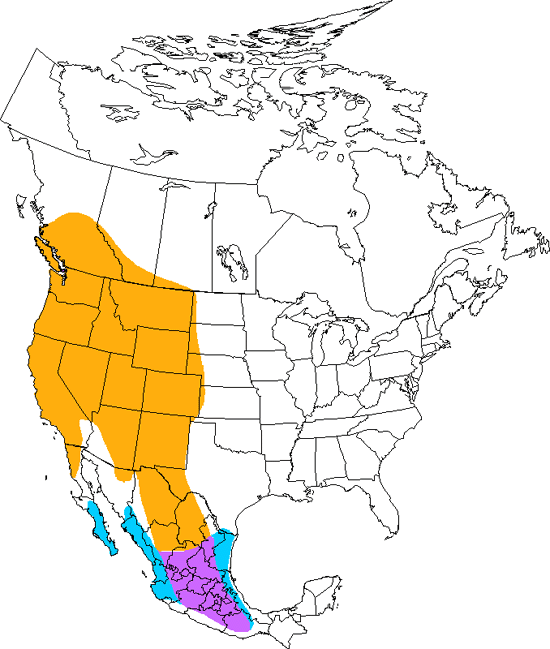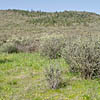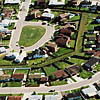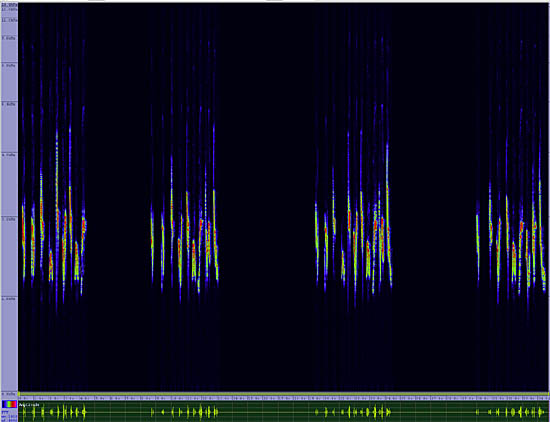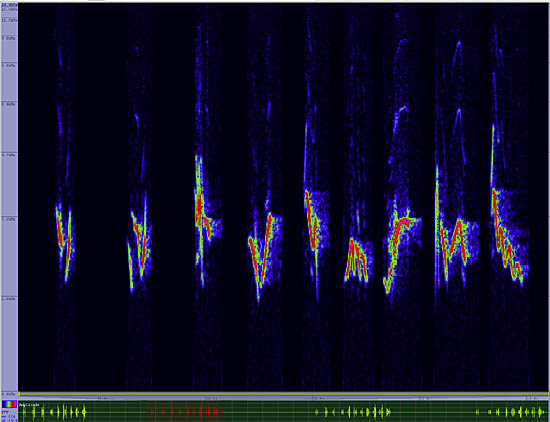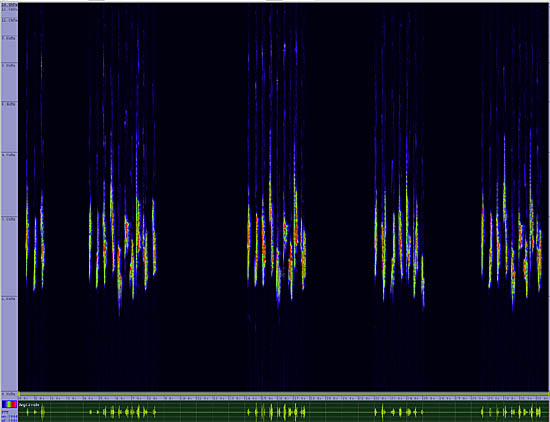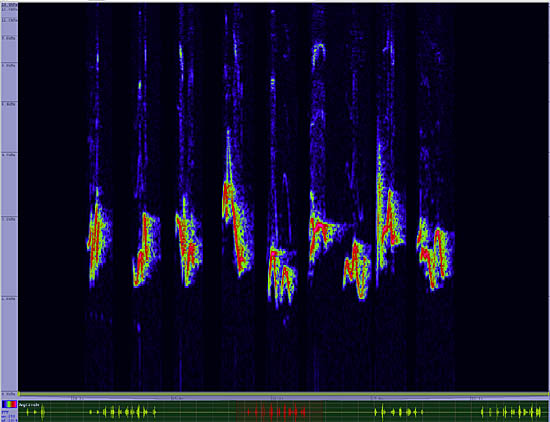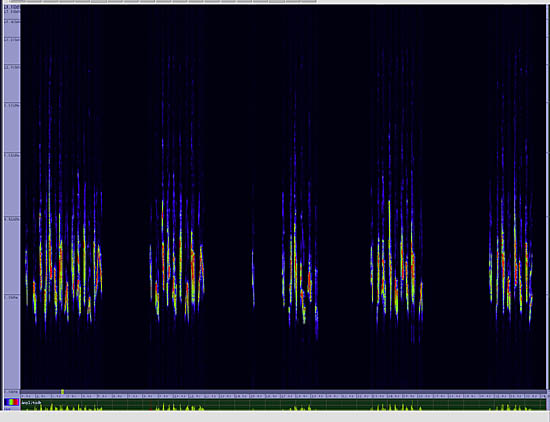Black-headed Grosbeak
Pheucticus melanocephalus

Perching

Length: 8 in. (21 cm )
This species nests commonly in riparian forests and low to mid-elevation pine-oak woodlands. Its relatively large nest is made of twigs and rootlets, and usually is placed high off the ground. The Black-headed Grosbeak uses its massive bill to open seeds and nuts, but it also feeds on insects during the summer.
The four-digit banding code is BHGR.
Bibliographic details:
- Article: Black-headed Grosbeak
- Author(s): Dr. Biology
- Publisher: Arizona State University School of Life Sciences Ask A Biologist
- Site name: ASU - Ask A Biologist
- Date published:
- Date accessed:
- Link: https://askabiologist.asu.edu/activities/bird/black-headed-grosbeak
APA Style
Dr. Biology. (). Black-headed Grosbeak. ASU - Ask A Biologist. Retrieved from https://askabiologist.asu.edu/activities/bird/black-headed-grosbeak
Chicago Manual of Style
Dr. Biology. "Black-headed Grosbeak". ASU - Ask A Biologist. . https://askabiologist.asu.edu/activities/bird/black-headed-grosbeak
Dr. Biology. "Black-headed Grosbeak". ASU - Ask A Biologist. . ASU - Ask A Biologist, Web. https://askabiologist.asu.edu/activities/bird/black-headed-grosbeak
MLA 2017 Style
Be Part of
Ask A Biologist
By volunteering, or simply sending us feedback on the site. Scientists, teachers, writers, illustrators, and translators are all important to the program. If you are interested in helping with the website we have a Volunteers page to get the process started.


